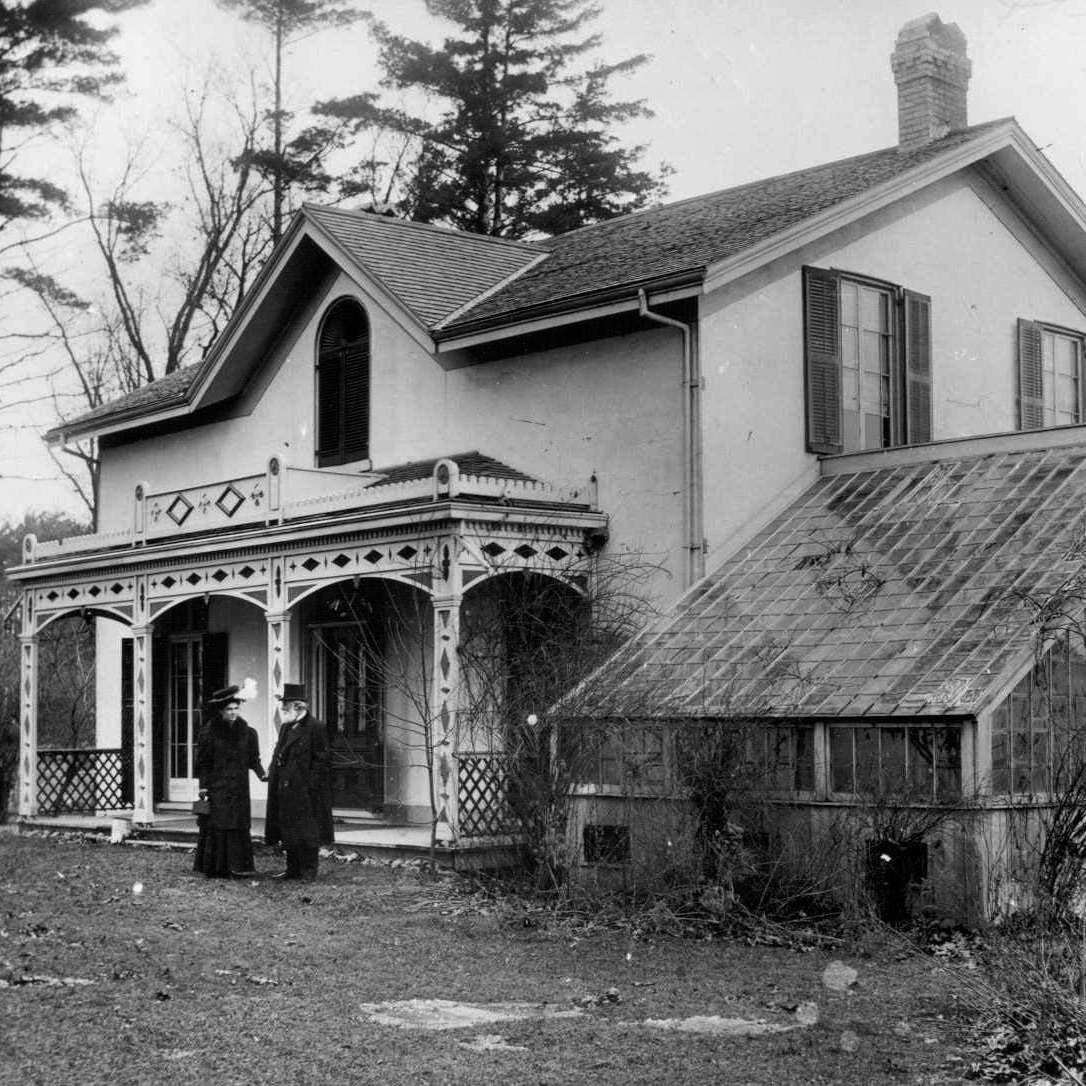It is #PrideMonth and this is the story of Delwin Vriend, whose firing sparked a debate over sexual orientation discrimination.
Delwin Vriend was born in Iowa in 1966 & moved to an organic vegetable farm near Edmonton with his family when he was two.
🧵1/6
Delwin Vriend was born in Iowa in 1966 & moved to an organic vegetable farm near Edmonton with his family when he was two.
🧵1/6

As an adult, he earned a mathematics and physics degree and then started working as a laboratory coordinator & chemistry lab instructor at King's College (University) in Edmonton.
In 1991, he was fired by King's College due to his sexual orientation.
🧵2/6
In 1991, he was fired by King's College due to his sexual orientation.
🧵2/6

Vriend filed a discrimination complaint with the Alberta Human Rights Commission but this was refused as sexual orientation was not protected under the human rights code.
He then sued the Alberta Government & Human Rights Commission.
🧵3/6
He then sued the Alberta Government & Human Rights Commission.
🧵3/6

In 1994, an Alberta court ruled that sexual orientation was a protected class under human rights legislation.
The Alberta government appealed this & in 1996, the court's decision was overruled by the Alberta Court of Appeal.
The case went to the Supreme Court of Canada.
🧵4/6
The Alberta government appealed this & in 1996, the court's decision was overruled by the Alberta Court of Appeal.
The case went to the Supreme Court of Canada.
🧵4/6

The case, Vriend v. Alberta, was ruled on in 1998 with the Supreme Court stating provincial governments could not exclude protection of individuals from human rights legislation based on sexual orientation.
Religious groups lobbed the government to overturn the decision.
🧵5/6
Religious groups lobbed the government to overturn the decision.
🧵5/6

The Supreme Court case had large ramifications in Canadian law & was used as a legal precedent concerning civil rights & constitutional laws.
Due to publicity of the case, Vriend eventually left Canada in 2000.
In 2011, he was inducted into the Q Hall of Fame Canada.
🧵6/6
Due to publicity of the case, Vriend eventually left Canada in 2000.
In 2011, he was inducted into the Q Hall of Fame Canada.
🧵6/6

• • •
Missing some Tweet in this thread? You can try to
force a refresh






















